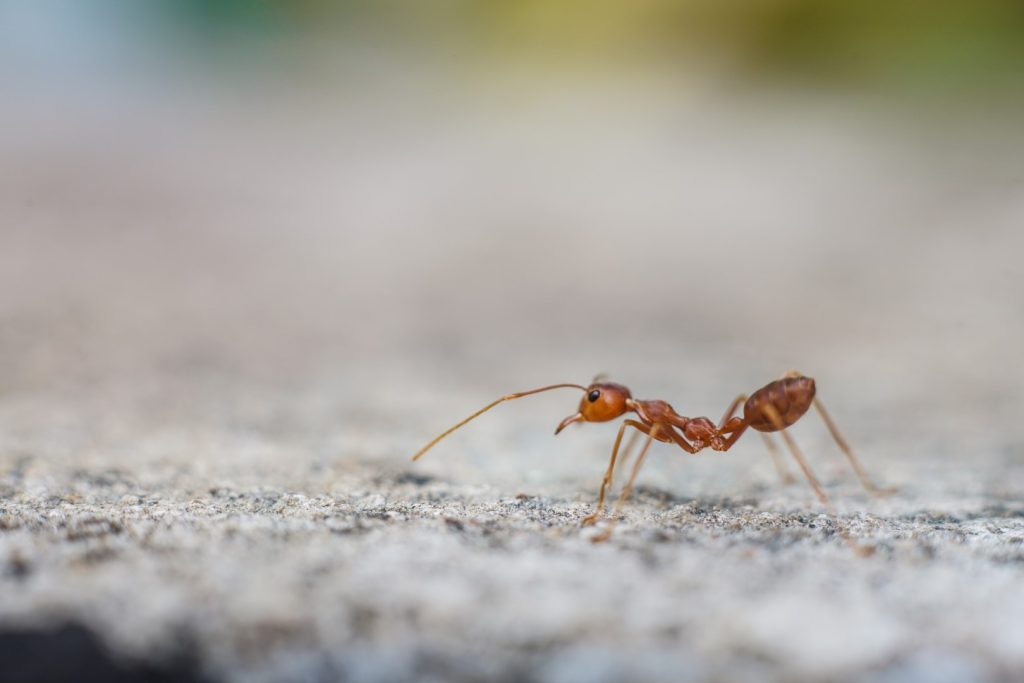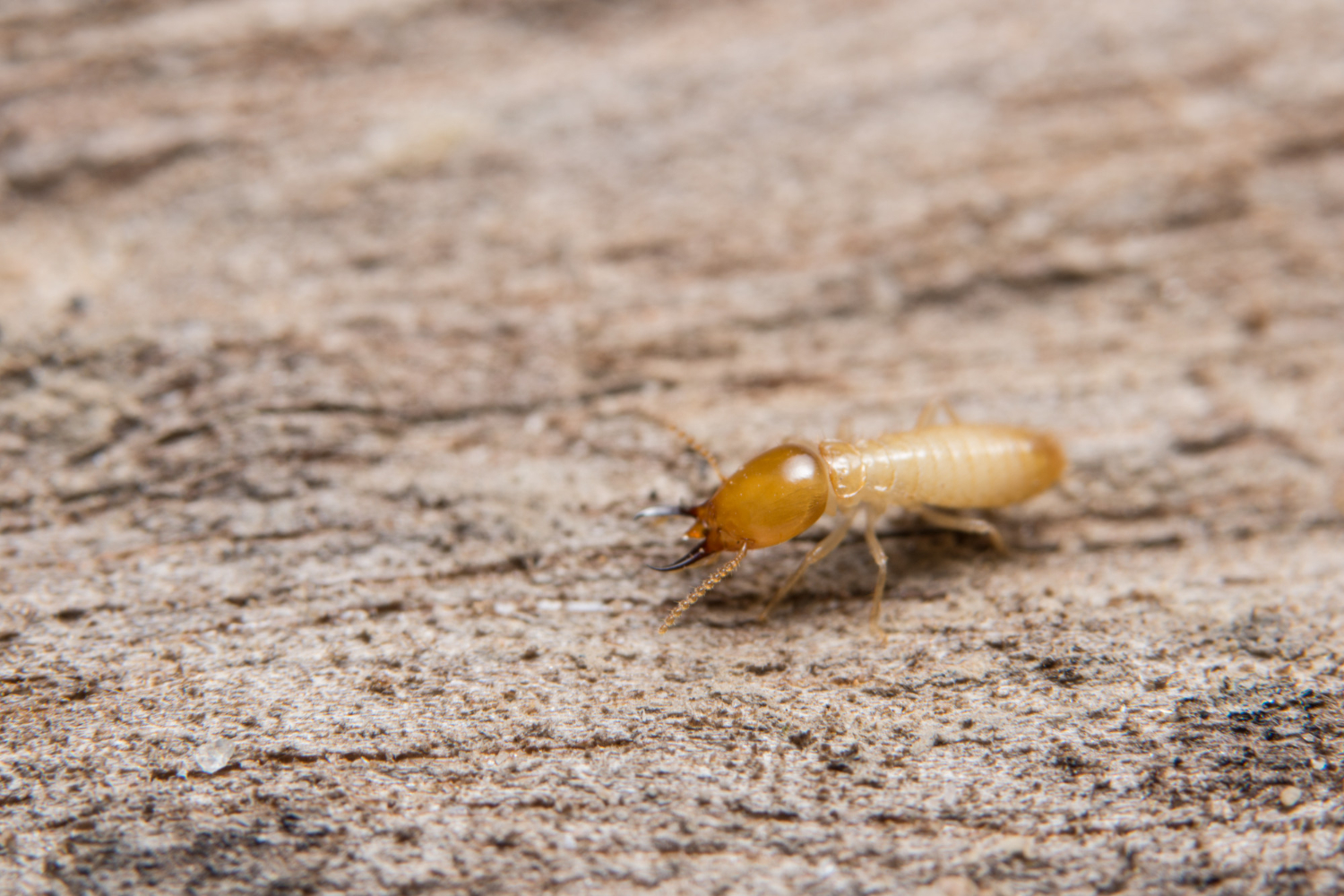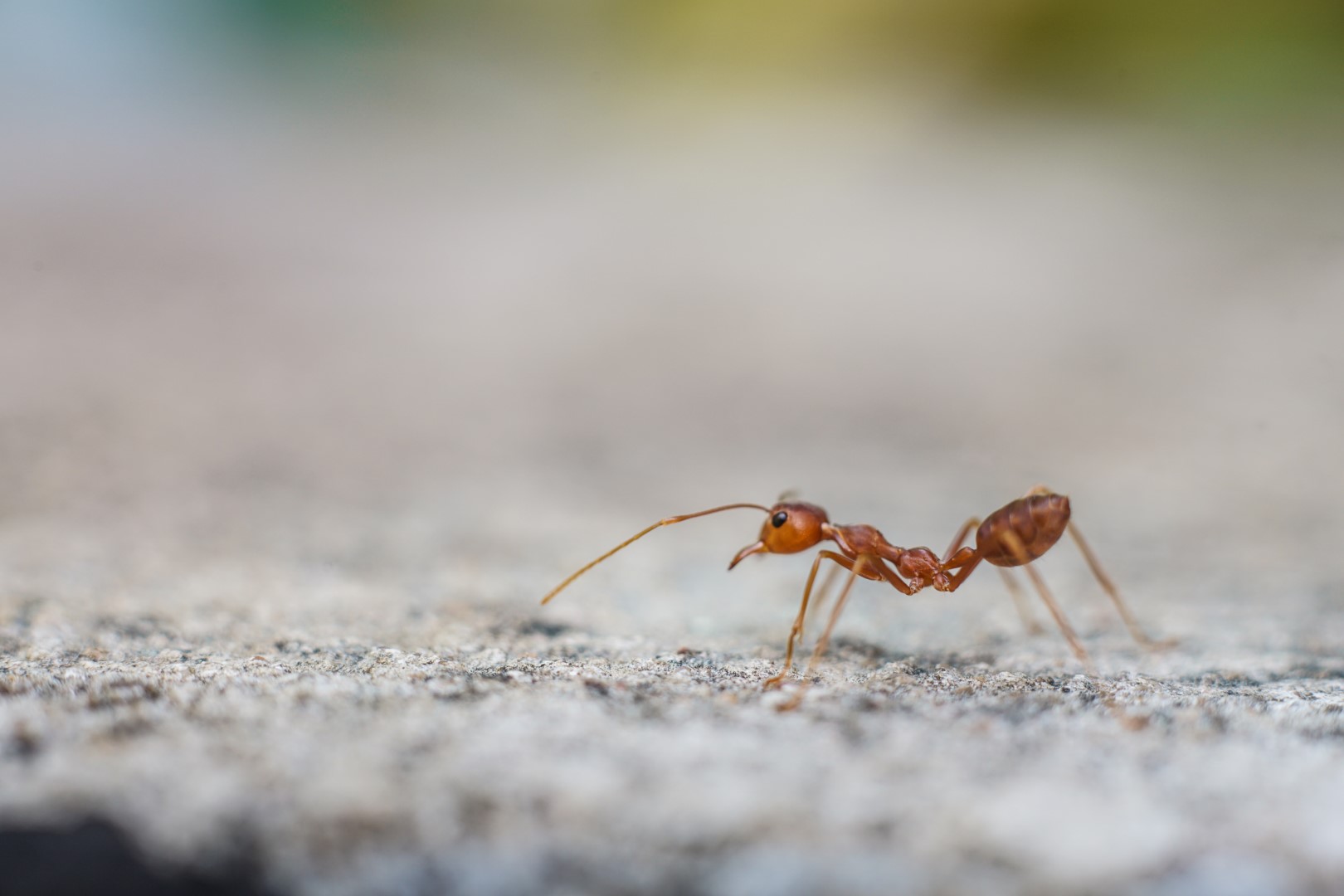South East Queensland’s picturesque landscapes are unfortunately under threat from an invasive and aggressive pest: fire ants. Recognising these pests and implementing effective eradication measures are crucial for both environmental conservation and community safety. In this article, we delve into the identification of fire ants and explore strategies for their eradication.
Identifying Fire Ants: Characteristics and Behaviour
- Appearance: Fire ants are small, reddish-brown ants with a darker abdomen. They are aggressive and known for their painful stings.
- Nesting: Fire ants construct large, dome-shaped mounds in open areas such as lawns, parks, and gardens. These mounds can reach heights of several feet.
- Aggressive Behaviour: Fire ants are territorial and exhibit aggressive behaviour when their nests are disturbed. They swarm and deliver painful stings, posing a threat to humans and pets.
- Preference for Electrical Equipment: Fire ants are attracted to electrical equipment, making utility boxes and outdoor machinery potential nesting sites.
Why Eradication is Essential: Environmental and Safety Concerns
- Ecological Impact: Fire ants can outcompete and displace native ant species, disrupting the ecological balance. They also pose a threat to small animals and ground-nesting birds.
- Human Health Concerns: Fire ant stings can cause severe allergic reactions in some individuals. Their aggressive nature makes accidental encounters hazardous, especially for children and pets.
- Impact on Agriculture: Fire ants damage crops and can harm livestock. Their presence in agricultural areas can lead to economic losses.
Strategies for Eradicating Fire Ants:
- Early Detection and Reporting: Encourage residents to be vigilant and report any suspected fire ant sightings promptly. Early detection is crucial for effective eradication.
- Baiting Programmes: Implementing targeted baiting programmes is a common strategy for eradicating fire ant colonies. Baits are introduced to the colony and carried back to the nest, effectively eliminating the entire population.
- Chemical Treatments: In some cases, chemical treatments may be necessary. It’s essential to use approved and environmentally friendly pesticides, applied by professionals like Termite Rescue, to minimise harm to the surrounding ecosystem.
- Community Engagement: Educate communities on the importance of fire ant eradication and involve residents in reporting and prevention efforts. Collective action is key to success.
Termite Rescue: Leaders in Fire Ant Eradication
Termite Rescue, with its expertise in pest control, plays a vital role in eradicating fire ants from south-east Queensland. Our comprehensive strategies, including targeted baiting programmes and environmentally conscious chemical treatments, aim to protect both the environment and the communities affected by these invasive pests.
Conclusion: A Unified Effort for a Fire Ant-Free South East Queensland
Identifying and eradicating fire ants is a shared responsibility. By understanding their characteristics, recognising the environmental and safety risks they pose, and engaging in strategic eradication efforts, we can work together to preserve the unique biodiversity of South East Queensland and ensure the safety of its residents. With Termite Rescue leading the charge, a fire ant-free South East Queensland is an achievable goal.




